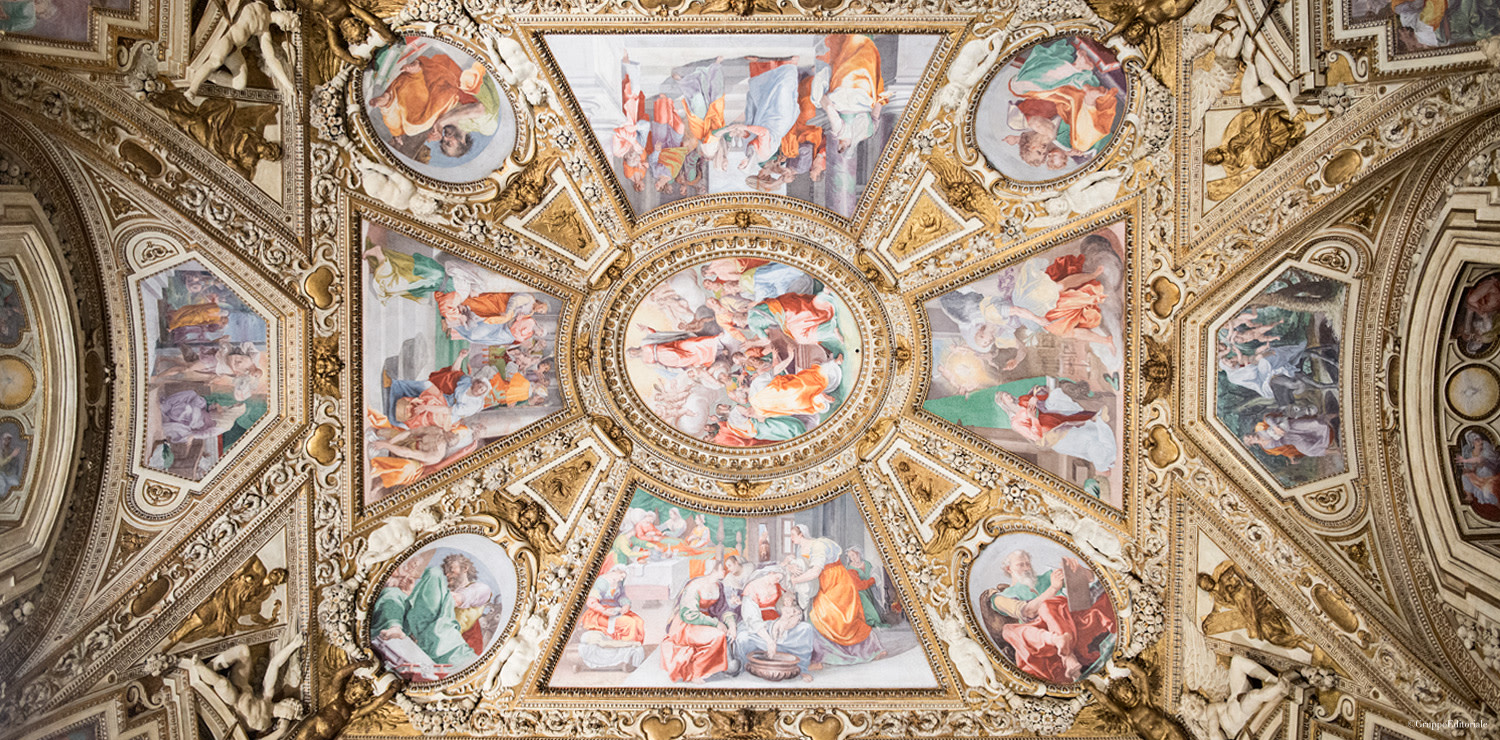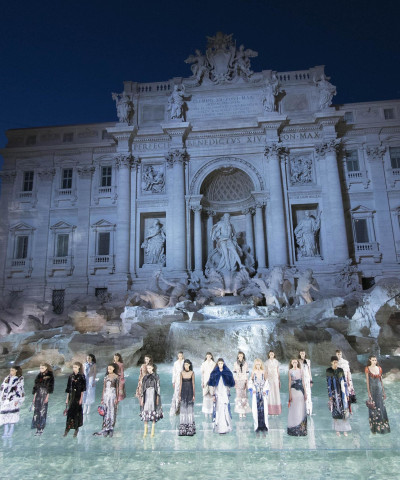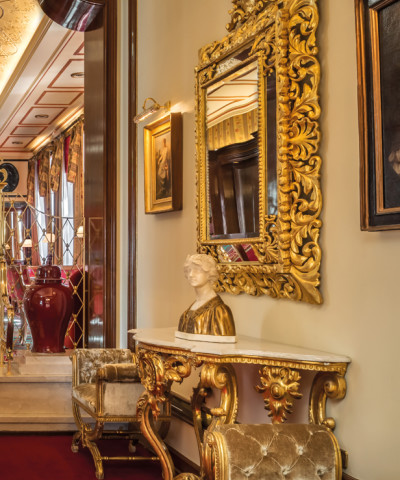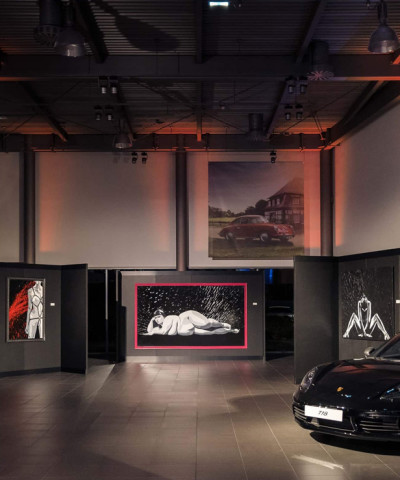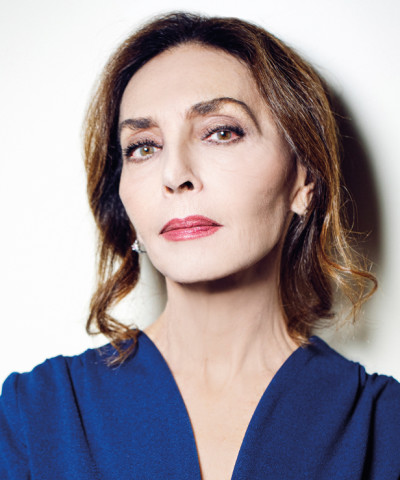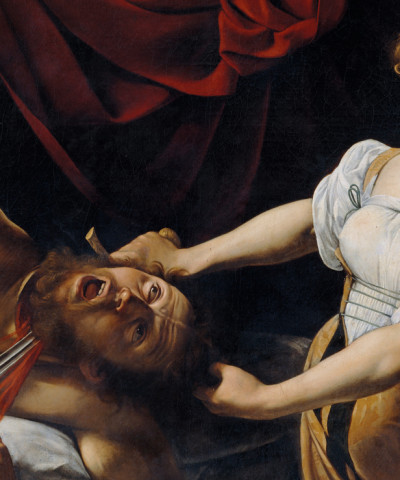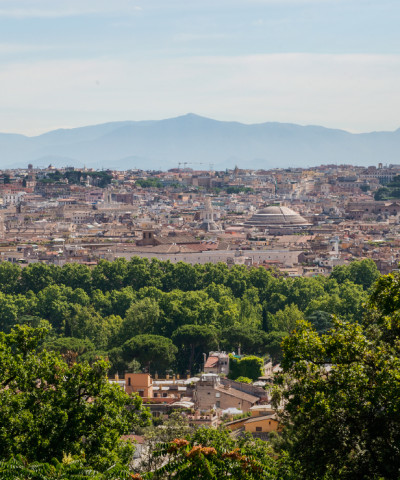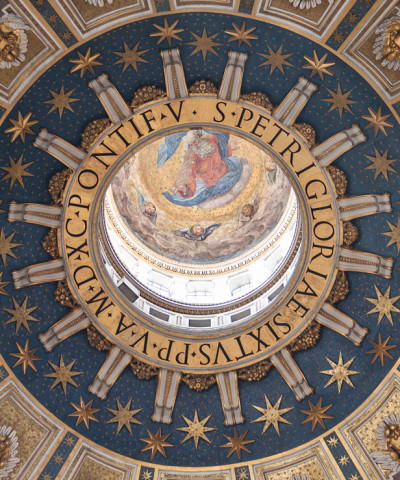Churches and masterpieces of Rome
An ideal tour in this magnificent universe of the sacred
With more than 900 churches in Rome, the city has more religious buildings than any other in the world. This immense architectural patrimony has developed throughout the 2,000 years of history of Rome, the world capital of Catholicism. In addition to the four majestic major basilicas, St. Peter’s, San Giovanni in Laterano, Santa Maria Maggiore and San Paolo fuori le Mura, there are many monumental churches that over the years have undergone transformations, embellishments and interventions by some of the most important artists in Western art history, making each one a veritable masterpiece. The ideal tour of this magnificent and sacred universe could begin at one of the most important and popular churches in Rome: Santa Maria in Trastevere. Located in the lively Trastevere neighbourhood, Santa Maria is one of the oldest churches in the city. According to tradition, the day Christ was born a spring of olive oil popped up where the church sits today. The building underwent significant changes in the 14th and 18th centuries, but its current Romanesque style dates to a renovation in 1140 under the direction of Pope Innocent II. The masterpieces held within include, without a doubt, the rich and colourful mosaics depicting episodes from the life of the Virgin Mary, made in 1291 by Pietro Cavallini, the splendid ceiling in gilded wood and the majestic Assumption of the Virgin painted by Domenichino in 1616.
Small and secluded but bestowed with an important title is the Basilica of San Pietro in Vincoli, the church known around the world thanks to it housing the reliquary with the chains St. Peter was bound with during his imprisonment in Jerusalem and one of the utmost masterpieces of all time: the Tomb of Julius II by Michelangelo, at the centre of which sits Moses with his industrious pose and terrible, cautionary gaze. Another church famous throughout the world is the Basilica of Santa Maria sopra Minerva, built in 1280 atop the ruins of an ancient temple dedicated to Minerva. The interior of the church is striking thanks to its spectacular cobalt blue vault, supported by imposing Gothic columns, while the Risen Christ by Michelangelo is breath-taking. The work, one of the Florentine genius’s most sensual, was begun in 1515 during his return to Florence, and moved to the church in 1521, angering the artist because of alterations to it that he didn’t approve of.
Close to piazza Navona is the Church of San Luigi dei Francesi, dedicated to the Virgin Mary, Saint Dionysius the Areopagite and Saint Louis IX, King of France. Known primarily by the latter’s name, the church was completed in 1589 thanks to the generosity of Catherine de’ Medici. The interior of the church is a treasure chest of masterpieces that include works by Domenichino and the cycle of paintings by Caravaggio inside the Contarelli Chapel depicting the life of St. Matthew. The two large paintings on the sides were made in 1599, while the The Inspiration of Saint Matthew was completed in September 1602 after the first version was rejected by the patron. Caravaggio’s three paintings, The Calling of Saint Matthew, The Martyrdom of Saint Matthew and The Inspiration of Saint Matthew, were immediately considered the most revolutionary paintings in Rome thanks to the artist’s extreme use of chiaroscuro, the depiction of non-idealized sacred themes, the use of models taken from civic life and represented in their natural state and the historic narration with dramatic scenes of violence and terror. Other paintings by Caravaggio in Rome include the Conversion of Saint Paul and the Crucifixion of Saint Peter, located in the Church of Santa Maria del Popolo.
The last church on this brief tour of Rome’s wondrous religious buildings is the Church of Sant’Andrea della Valle, situated in the namesake piazza between Corso Vittorio Emanuele II and Corso del Rinascimento. The origins of this church date to 1582, when the noblewoman Costanza Piccolomini d’Aragona bequeathed one of her family’s properties to Saint Cajetan’s Congregation of Clerics Regular. The large church dedicated to Andrew the Apostle (protector of Amalfi) was built from the merger of d’Aragona’s building and the small churches of San Sebastiano and San Ludovico. The name “della Valle” derives from the presence of nearby properties belonging to the Valle family. The church was begun in 1591 by Francesco Grimaldi and Giacomo Della Porta, and was continued by Carlo Maderno, who opted to make a church that rivalled St. Peter’s Basilica; indeed, its dome is the second-largest in Rome. In addition to the immense frescoes painted on the inside of the dome by Lanfranco, the church is home to masterpieces by Passignano, Gian Lorenzo Bernini and Domenichino.






